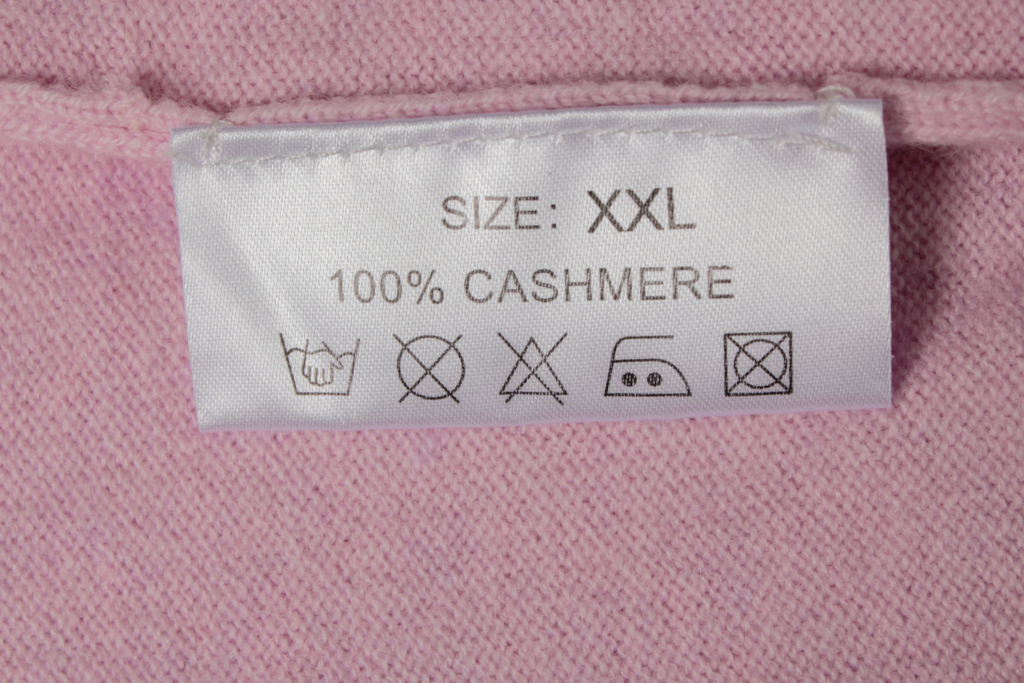When it comes to removing stains and cleaning cashmere, there are a few things you need to keep in mind. First of all, be sure to act quickly and treat the stain as soon as possible. The longer you wait, the more difficult it will be to remove the stain.
There are a few different methods you can use to remove stains from cashmere, depending on the type of stain. For example, if you have a grease stain, you can try using a little bit of dish soap and water. Apply the soap directly to the stain and scrub gently with a clean cloth. Rinse with cool water and repeat as necessary until the stain is gone.
If you have a protein-based stain, such as blood or sweat, you can try using ammonia. Simply dilute a small amount of ammonia with water and apply it to the stain. Let it sit for a few minutes before blotting with a clean cloth. Rinse with cool water and repeat as necessary.
For ink stains, you can try using rubbing alcohol. Simply apply a small amount of rubbing alcohol to the stain and blot with a clean cloth. Rinse with cool water and repeat as necessary.
No matter what type of stain you’re dealing with, always remember to test your chosen cleaner in an inconspicuous area first to make sure it doesn’t damage the cashmere.
Cashmere is a luxurious fabric that needs special care to maintain its soft, luxurious texture. It is a common belief that cashmere must always be dry-cleaned, but this is not the case. In fact, over time, dry cleaning chemicals can damage these natural fibers.
There are appropriate reasons to dry-clean cashmere garments: they contain sequins, beads, or other delicate trim; they are multi-colored but not colorfast; they have serious stains.
Also, woven cashmere items should be dry-cleaned (and it will state this on their labels), however, cashmere knits can be gently hand washed. Rubbing changes the texture of cashmere, so you will not want to spot clean your garment. If you do, there will always be a noticeably worn area on your piece. If you have a stain, either wash the entire garment or allow a dry cleaner to handle it.
To hand-wash cashmere, dissolve mild detergent made especially for cashmere or baby shampoo in lukewarm water. Never use bleach. Place the garment in the water and then gently swish it around for a few minutes, allowing the suds to soak in. Be sure to wash dyed garments separately in case the colors bleed. Rinse your garment in cool water (and a little hair conditioner, if you like, to maintain softness), being careful not to stretch the fabric.
When you are finished, instead of wringing out the garment, place it on a clean, un-dyed towel and roll them up together to blot away excess water. For large garments, you may want to do this several times. Finally, place your garment on a fresh towel or sweater rack. Flatten and reshape the piece, and place it away from heat or direct sunlight to dry. You may want to turn the piece over occasionally so that it will dry faster.
Although hand washing is inexpensive and not very difficult, you don’t want to over-wash your cashmere garments. With normal use, you should be able to wear a cashmere sweater at least half-a-dozen times before it needs washing. If you must iron your cashmere, turn it inside out, place a slightly damp cloth over the piece, and press with a cool iron. Never apply an iron directly to cashmere.
Because friction damages cashmere garments and causes pilling when wearing a cashmere sweater, avoid jewelry, pocketbook straps, or even a coat that may have a rough lining. To accessorize, consider wearing a scarf and carrying a clutch-style pocketbook. If your cashmere happens to develop pills, do not brush at them with any sort of lint remover. This just causes further pilling. Instead, wash the sweater to remove the worst of the pills and then gently remove the rest by hand.
Finally, when storing cashmere in the off-season, make sure it is clean. Body odor and stains are virtually impossible to remove once they have been set for a few months. Protect your cashmere from moths by storing it with cedar chips or mothballs and keeping it in airtight plastic. If you follow these guidelines when caring for your fine cashmere items, they should bring you many years of enjoyment.






